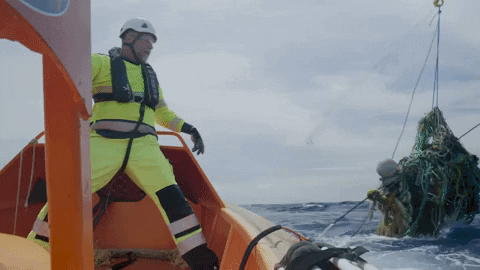Multi-scale Numerical Analysis of the Field Efficiency of an Ocean Plastic Cleanup Array
Conference with peer-reviewed proceedings
June 2016, ASME International Conference on Offshore Mechanics & Arctic Engineering
Abstract
The impact of plastic pollution on marine ecosystems and global economy has been drawing public concern since the end of the 20th century. To mitigate this issue, The Ocean Cleanup (TOC) Foundation is developing technologies to extract, prevent, and intercept plastic debris from coastal and oceanic environments. The core technology being optimized is the use of floating booms placed perpendicular to the main ocean plastic flow so it can concentrate plastic debris to a point where it can be extracted, shipped and processed in a cost-effective manner. In order to optimize the system’s field efficiency (i.e. mass of ocean plastic captured per length of floating boom), a multiscale approach has been elaborated, where temporal and spatial scales span over several orders of magnitude. Here we introduce this general multi-scale method alongside its assumptions and multi-scale models. We then describe two application examples, the first corresponding to our coastal pilot in the Japanese island of Tsushima and the second related to our main cleanup target area: the so-called Great Pacific Garbage Patch, situated between Hawaii and the US west coast.
